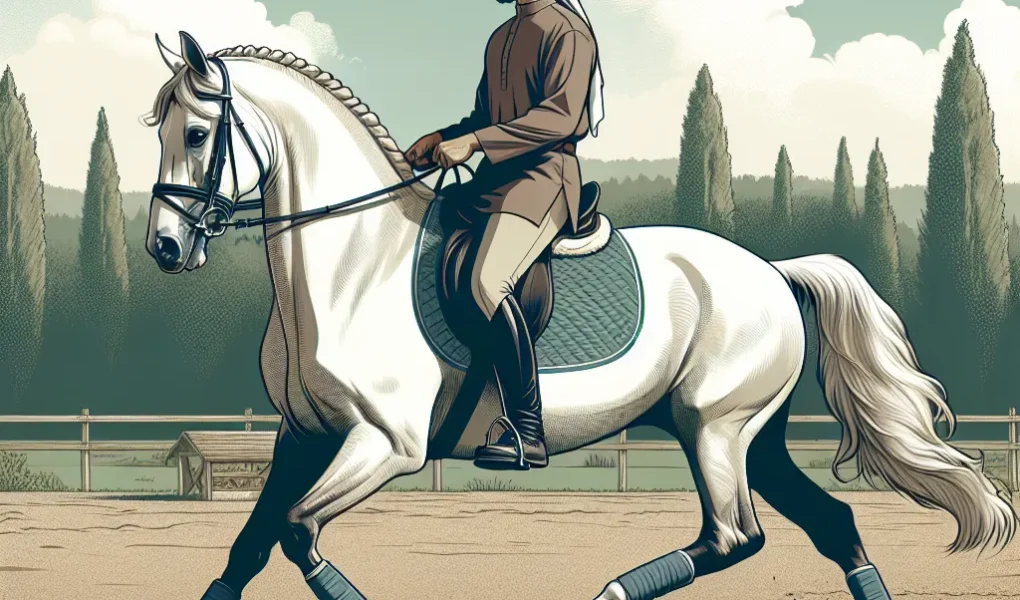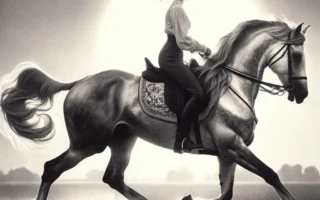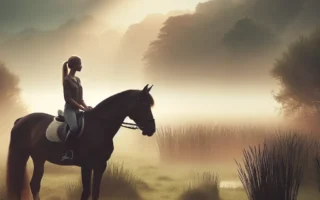Essential Equipment for Western Riding Beginners
When it comes to mastering the art of Western riding, having the essential equipment is crucial for beginners to ensure a safe and enjoyable experience. One of the most important pieces of equipment is the saddle. Unlike English riding saddles, Western saddles are designed with a larger surface area to distribute the rider’s weight more evenly. Additionally, they feature a prominent horn at the front, which can be used for stability and support.
Another essential piece of equipment is the bridle, which includes the headstall, bit, and reins. Western riding beginners should choose a bridle that fits their horse properly and provides clear communication without causing discomfort. Additionally, the use of a cinch or girth to secure the saddle is essential for the safety of the rider.
Furthermore, proper attire is important for Western riding. Beginners should invest in a good pair of riding boots with a slight heel to prevent the foot from slipping through the stirrup and to provide stability and support. Additionally, a well-fitted cowboy hat and appropriate clothing, such as jeans and a long-sleeved shirt, will help protect riders from the elements.
As beginners progress in their Western riding journey, they may also consider investing in protective gear such as a riding helmet and chaps to provide additional safety and comfort.
By acquiring the essential equipment for Western riding, beginners can set themselves up for a successful and fulfilling experience in mastering this unique style of riding.
Mastering Basic Western Riding Techniques
Mastering the art of Western riding is an exciting endeavor that requires dedication and patience. For beginners, mastering basic Western riding techniques is essential for building a strong foundation in this style of horsemanship. One of the key elements of Western riding is the proper understanding and execution of basic maneuvers such as the walk, jog, and lope.
When starting out, it’s crucial to focus on developing a balanced and secure seat in the saddle. This involves maintaining a deep seat and solid lower body position while keeping the upper body relaxed and in alignment with the horse’s movement. Additionally, learning how to use your reins, legs, and weight aids effectively is fundamental to communicate with the horse and maintain control.
Another essential aspect of mastering basic Western riding techniques is understanding the importance of cueing. Clear and consistent cues are vital for guiding the horse through different maneuvers. Whether it’s the subtle application of leg pressure or the use of rein aids, understanding how to communicate with the horse in a clear and gentle manner is key to successful riding.
Furthermore, developing a strong understanding of how to apply natural horsemanship principles in Western riding can greatly enhance the connection and communication between the rider and the horse. Finding a reputable instructor who can guide you through these basic techniques and provide constructive feedback is invaluable for beginners.
By focusing on mastering these basic Western riding techniques, beginners can establish a solid groundwork for their journey into the world of Western riding, setting the stage for further skill development and an enriched riding experience.
Developing a Strong Partnership with Your Horse
Developing a strong partnership with your horse is essential for mastering the art of Western riding. The foundation of this partnership is built on trust, respect, and clear communication. As a beginner, it’s crucial to establish a bond with your horse based on patience and understanding.
When starting out, spend time getting to know your horse’s personality and preferences. Learn how to interpret their body language and respond to their cues. Building a connection with your horse on the ground through grooming, groundwork, and basic training exercises lays the groundwork for a successful riding partnership.
Consistency and positive reinforcement are key elements in developing a strong partnership. Reward your horse for good behavior and remain patient during the learning process. Consistent training and gentle guidance will help your horse understand what is expected of them.
Communication is the cornerstone of a successful horse-rider partnership. Mastering the art of Western riding requires clear and effective communication with your horse through cues and body language. Understanding your horse’s responses and learning how to communicate your intentions effectively will strengthen your bond and enhance your riding experience.
Remember, developing a strong partnership with your horse takes time and dedication. By building trust, practicing clear communication, and remaining patient and consistent, you’ll lay the groundwork for a successful journey into the world of Western riding.



